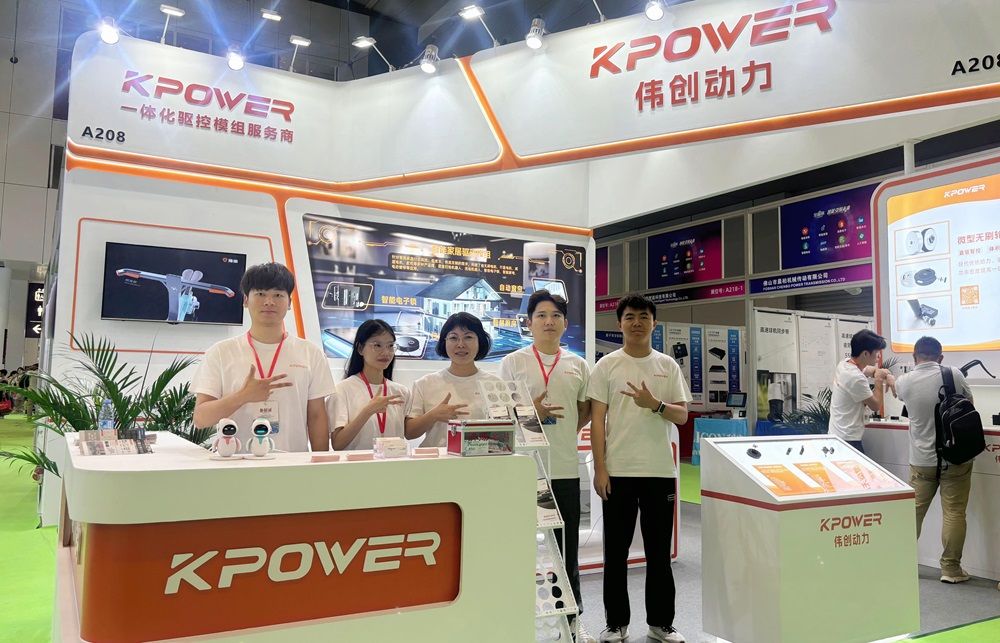Thinking about wiring up a servo motor? It’s actually pretty straightforward once you get the hang of it. But a little know-how makes all the difference—not just for a smooth setup, but also for your project’s reliability.

First, picture the typical servo motor. It usually has three wires: power, ground, and control. You might see red, black, and white or yellow. You’d think it’s just plugging wires in, right? Not so fast. You need to match the right voltage to the right wire. For most small servo motors, a 5V power supply does the trick, but double check your model’s datasheet. Too much voltage? You risk burning out the motor. Too little, and it won’t spin properly.
Here's the key: First, connect the power wire to your power source. When you do, keep in mind that a stable supply prevents jittery movements or inconsistencies. The ground wire should link back to the power source's ground, creating a common-reference point. This is like setting a baseline. Once those are secure, connect the control wire. This signals the servo how much to turn, and it’s where the magic happens.
Technically speaking, you’re sending PWM signals—pulses of varied width that tell the servo where to go. Think about it like a “how far” command; a wider pulse tells it to turn more. That’s why you'll need a microcontroller or a control board that can generate these signals accurately.
One question that pops up a lot: Can I wire multiple servos to the same power supply? Sure, it’s possible—but be cautious. If the power supply isn’t strong enough, you might see voltage dips, leading to servo jitter or resets. Better to have a power source rated well above the sum of all your servos’ peak currents.
Ever wonder why some servos twitch or don’t move smoothly? Often, it’s because of unstable connections or insufficient power. It’s a good idea to add a small capacitor (say, 100uF) across the power and ground wires—kind of like giving your servo a little burst of stability.
And if you’re struggling to get a servo to respond exactly how you want, think about the signals — adjusting pulse widths, ensuring your control code is tight, and checking your wiring connections. Sometimes, a tiny tweak makes all the difference.
Let’s be real—wiring up a servo isn’t rocket science, but it’s not just plug and play either. It’s about understanding that power, ground, and control signals need to work together smoothly. With clear wiring and good power management, your servo will perform reliably, whether it’s a beginner project or a complex robot.
So, take your time, double-check your connection points, and don’t rush the initial setup. Once you see that servo spin just right, knowing you wired it up correctly feels pretty satisfying. It’s these small details that turn a simple motor into the backbone of your project’s precision.
Established in 2005, Kpower has been dedicated to a professional compact motion unit manufacturer, headquartered in Dongguan, Guangdong Province, China. Leveraging innovations in modular drive technology, Kpower integrates high-performance motors, precision reducers, and multi-protocol control systems to provide efficient and customized smart drive system solutions. Kpower has delivered professional drive system solutions to over 500 enterprise clients globally with products covering various fields such as Smart Home Systems, Automatic Electronics, Robotics, Precision Agriculture, Drones, and Industrial Automation.




































